Last Chance to Catch NYC's Holiday Notalgia Train
We met the voices of the NYC subway on our nostalgia ride this weekend!


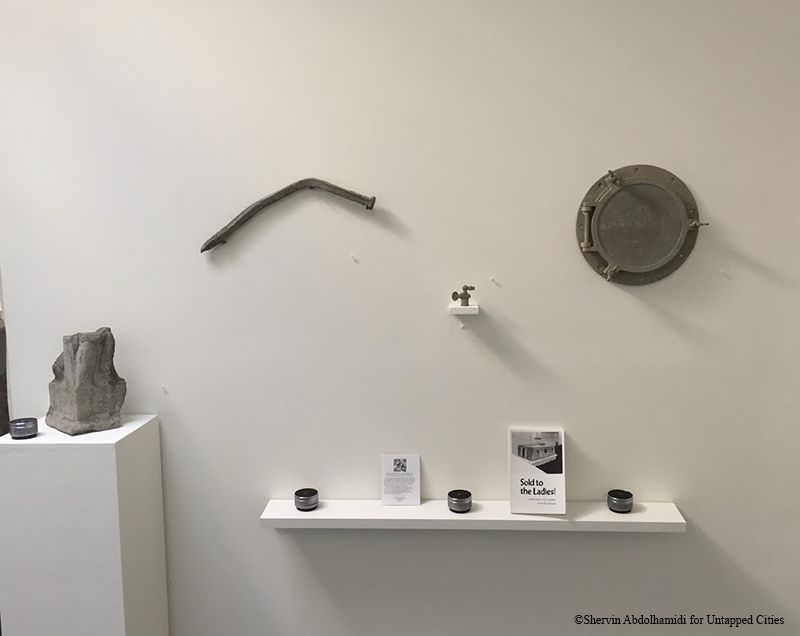
The Gowanus Canal is one of the most polluted waterways in the United States. The predominantly derelict waterway, now used for the transportation of certain goods (notably fuel oil and scrap metal), used to be a thriving urban/industrial waterway for Brooklyn’s maritime activity. It served as a commercial epicenter for thousands of people who worked on the canal and for the families who lived in the neighborhood. Today, however, most discussions pertaining to the waterway are focused around pollution and plans for its clean-up.
This part of the canal’s history is brought to life by Gowanus Underworld, a multimedia project created by artist Christina Kelly and author Amy Sohn, as part of a Gowanus-themed group show called Falling In, at Trestle Projects. On display from October 1st to October 22nd (and extended until October 28th by appointment), the exhibition consists of a series of objects found on the banks of the Gowanus, coupled with audio monologues that bring to life the dramas of everyday life on the canal from the minds of those who experienced them.
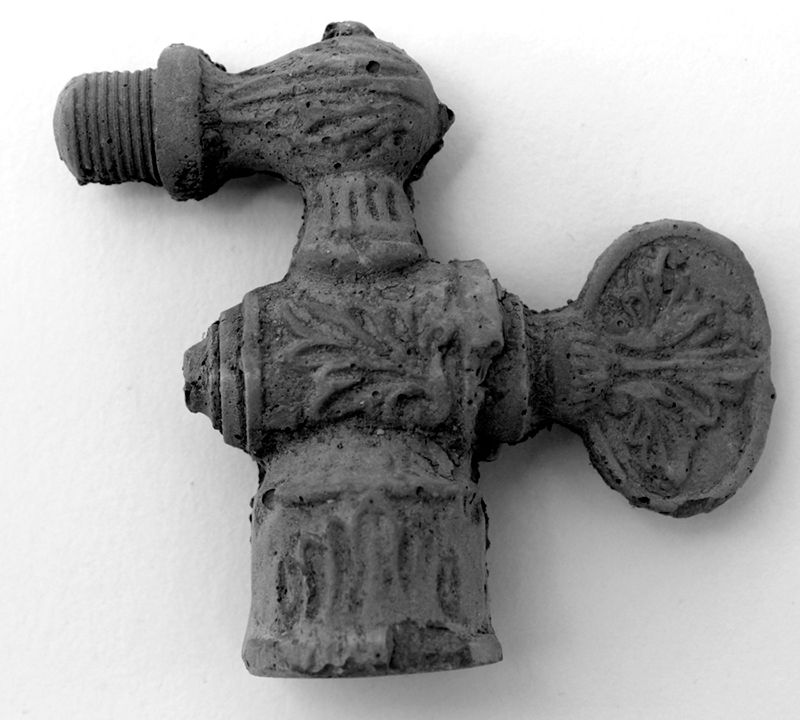
19th century gas valve (Image courtesy of Christina Kelly)
During the exhibition, we observed several items, all of which are cast in concrete. After gazing at a 19th century gas valve, we closed our eyes and listened to the harrowing, true-story of a distraught single mother in 1940 who attempted to take her own life and the lives of her sons. Other stories include the following:
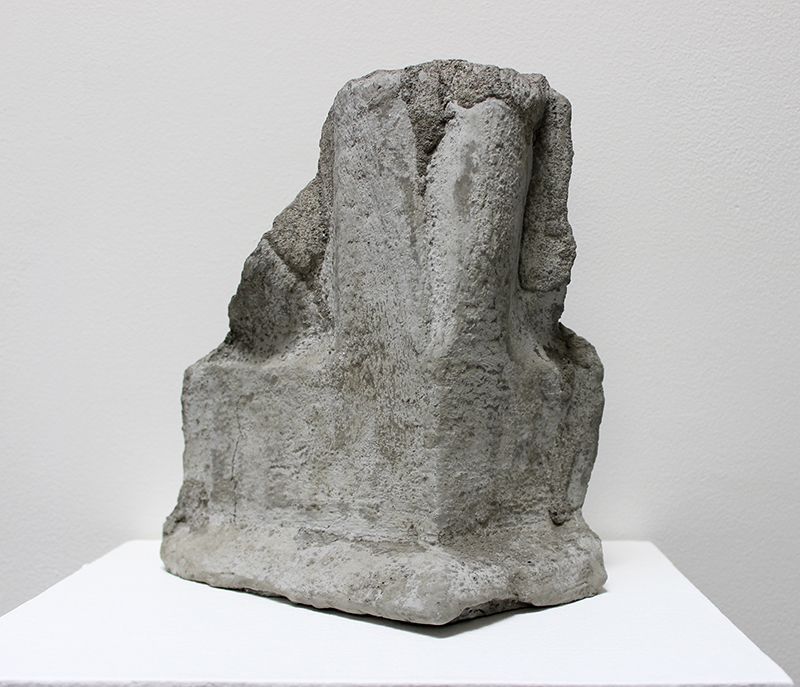
Concrete piece from the Coignet Building (Image courtesy of Christina Kelly)
Concrete has had a long, associated history with the Gowanus Canal, dating back to the late 19th-century Coignet Agglomerate Company, whose Coignet edifice on the corner of Third Avenue and Third Street is believed to be the first artificial stone building in New York City. Christina Kelly aimed to highlight concrete’s significance by incorporating it into all the artifacts.
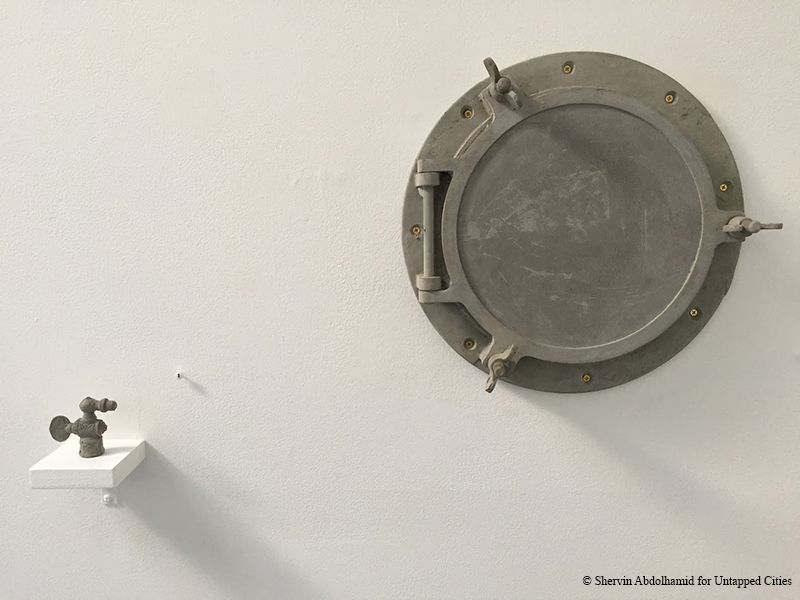
According to Amy Sohn, all of the monologues she wrote are based on true stories from the Gowanus’ history which she unearthed from the Brooklyn Daily Eagle’s archives. While she and Kelly are both interested in the “grittier stories of infanticide and homicide on the canal,” they particularly like the story of the longshoreman’s heroic rescue. Sohn believes the narrative resonates well with the world today where some people have become spectators, taking cell phone pictures of incidents.
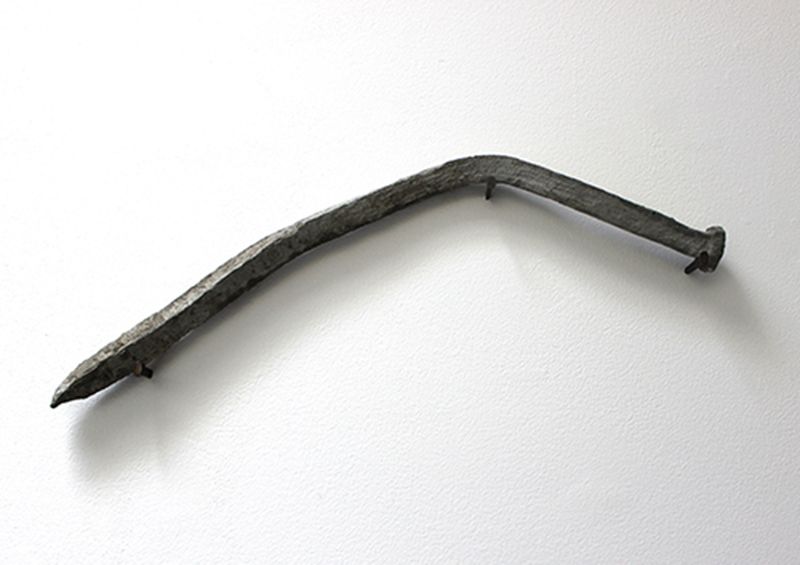
Nail from Wooden Bulkhead (Image courtesy of Christina Kelly)
The inspiration for the exhibition stems from Sohn and Kelly’s mutual interest in the history of the waterway, particularly that of the women who lived there. Sohn states that she always fantasizes about the stories of the buildings and the surrounding neighborhood—what was there, what a certain building used to be 100 years ago, and so forth. One particular inspiration behind the exhibition came from Dorothy A. Bennett, who impulsively bought a barge at a public auction for $160 on the Gowanus Canal in summer of 1936. She, along with her two friends, then commenced to restore the 60-foot canal, aided by “junkies, drunks, and the captains,” according to Amy Sohn’s book Park Slope. The monologue corresponding to the porthole is written by Dorothy A. Bennett herself and edited by Sohn.
While there is no definite plan for the future of the exhibition, Sohn states that she wants to add a public component to the show, and perhaps feature live actors and actresses. Moreover, both artists would like to further explore and display what everyday life was like for women on the Gowanus.
“Gowanus Underworld” is on display from October 1-October 22, 2016 at Trestle Projects, 400 Third Avenue, Brooklyn, NY 11215.
Next, check out The Top 12 Historical Secrets of the Gowanus Canal and read about a proposal to Clean Gowanus Canal by Bringing Creeks to the Streets.
Subscribe to our newsletter